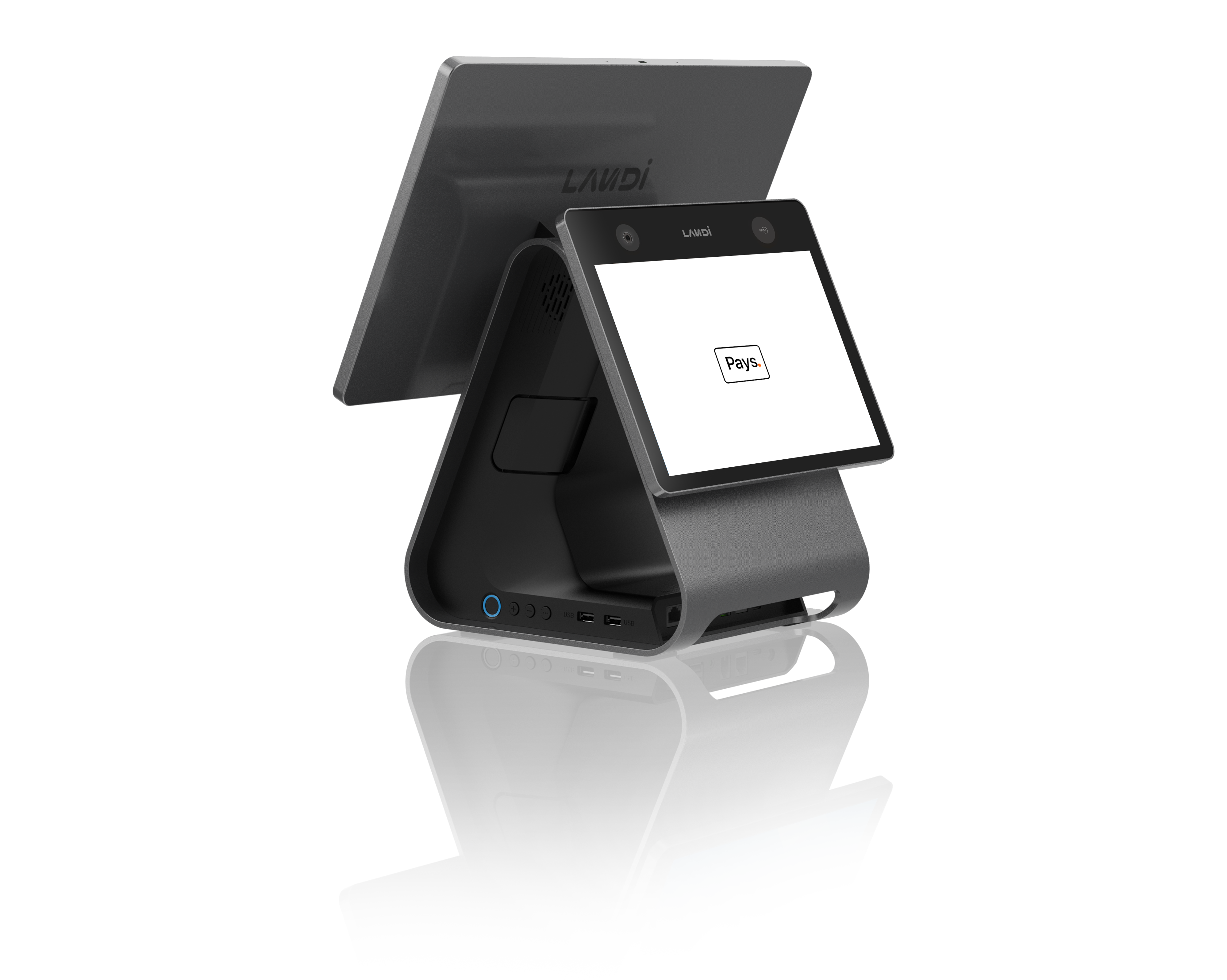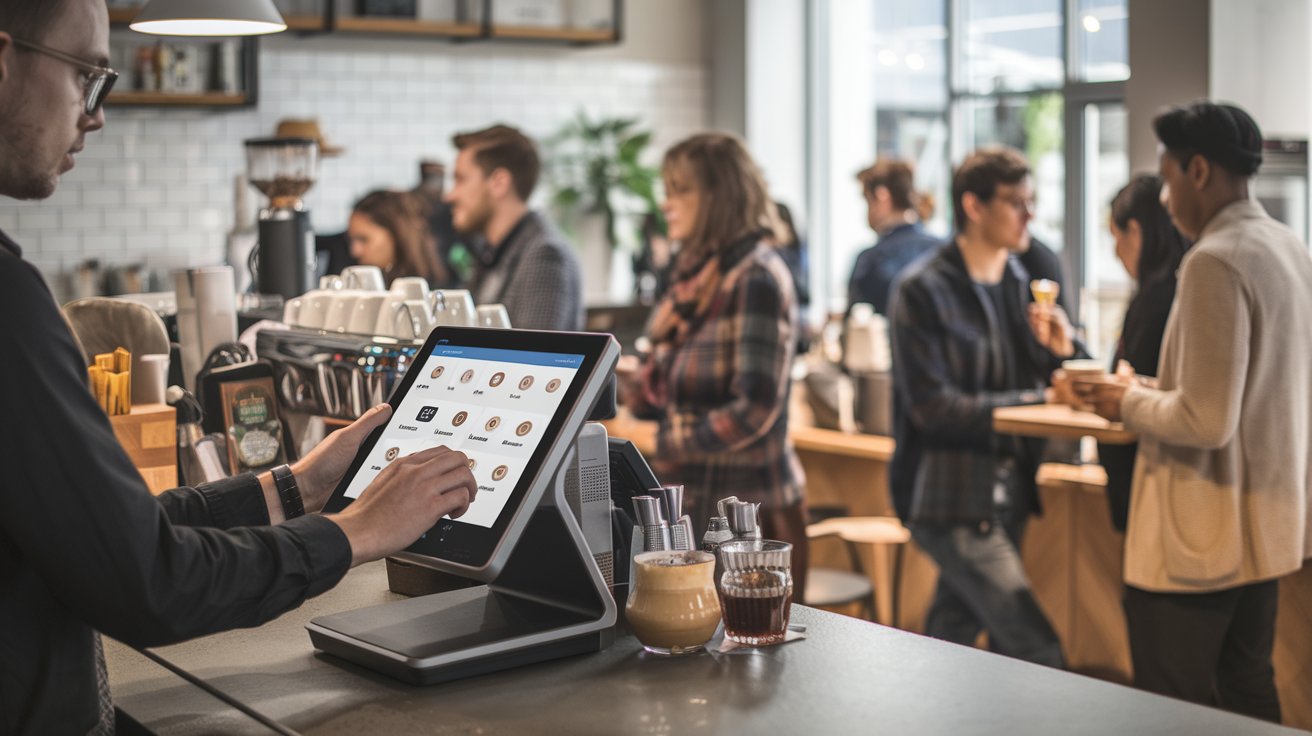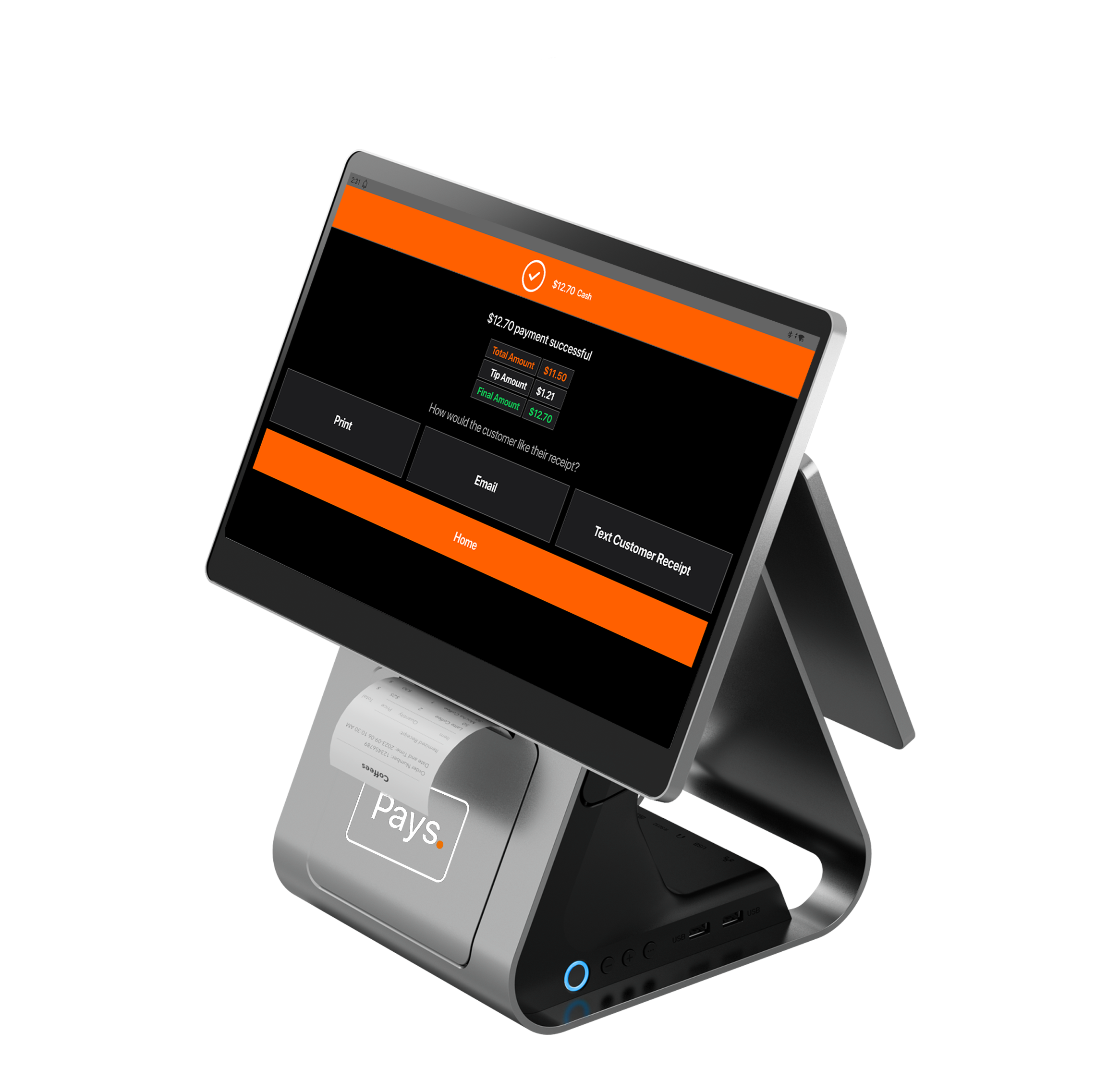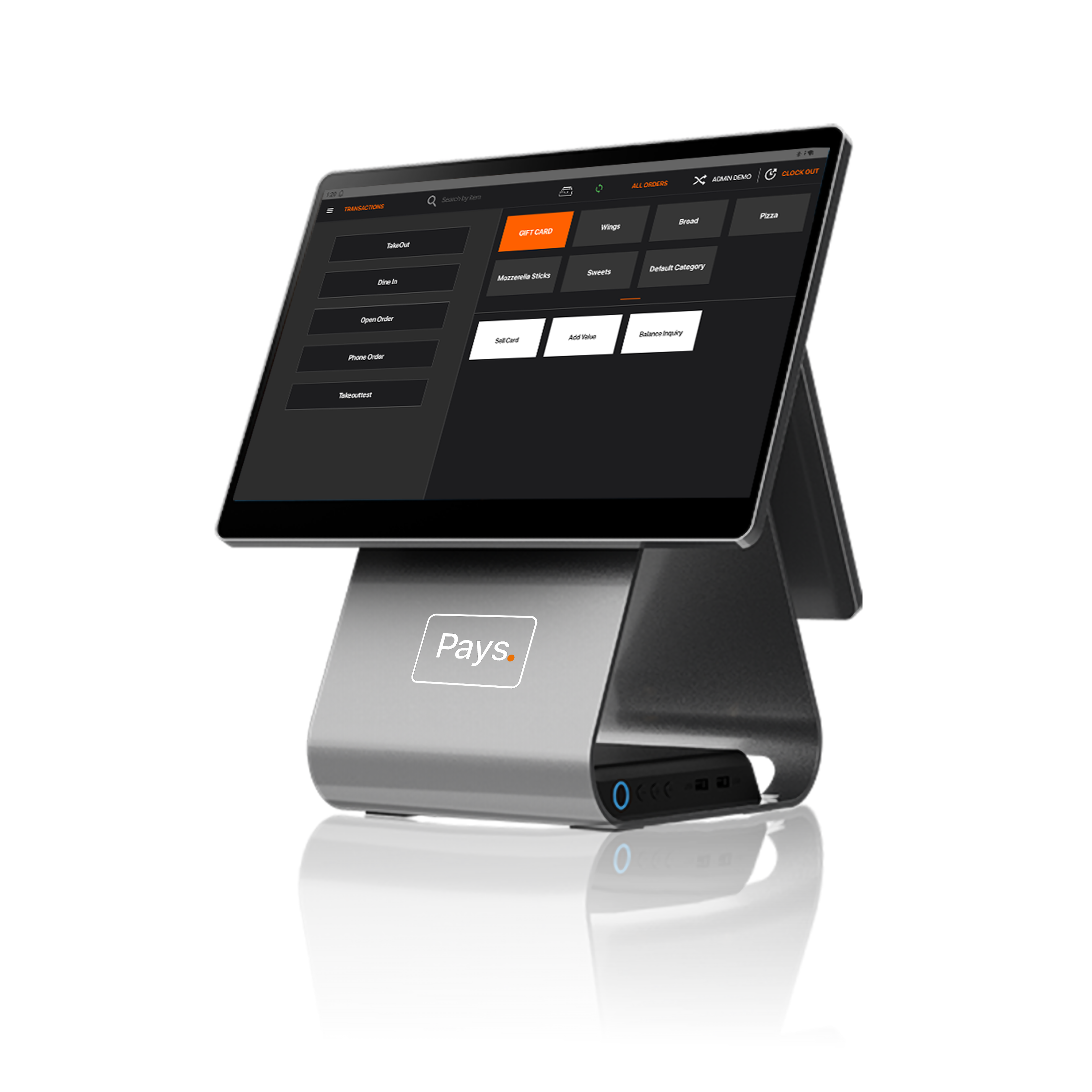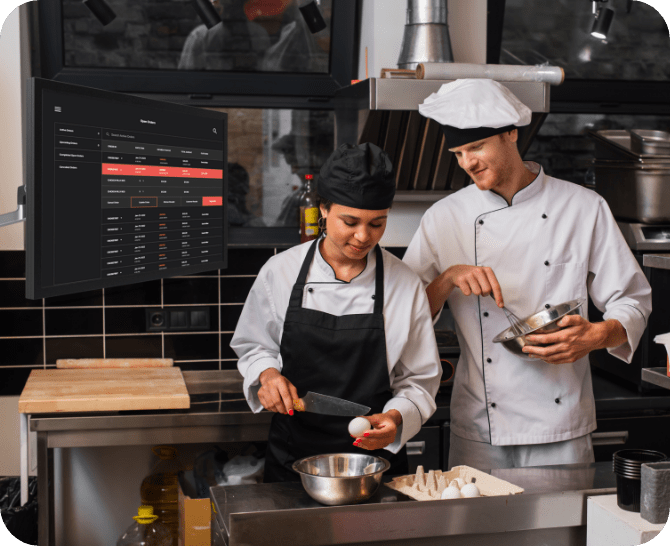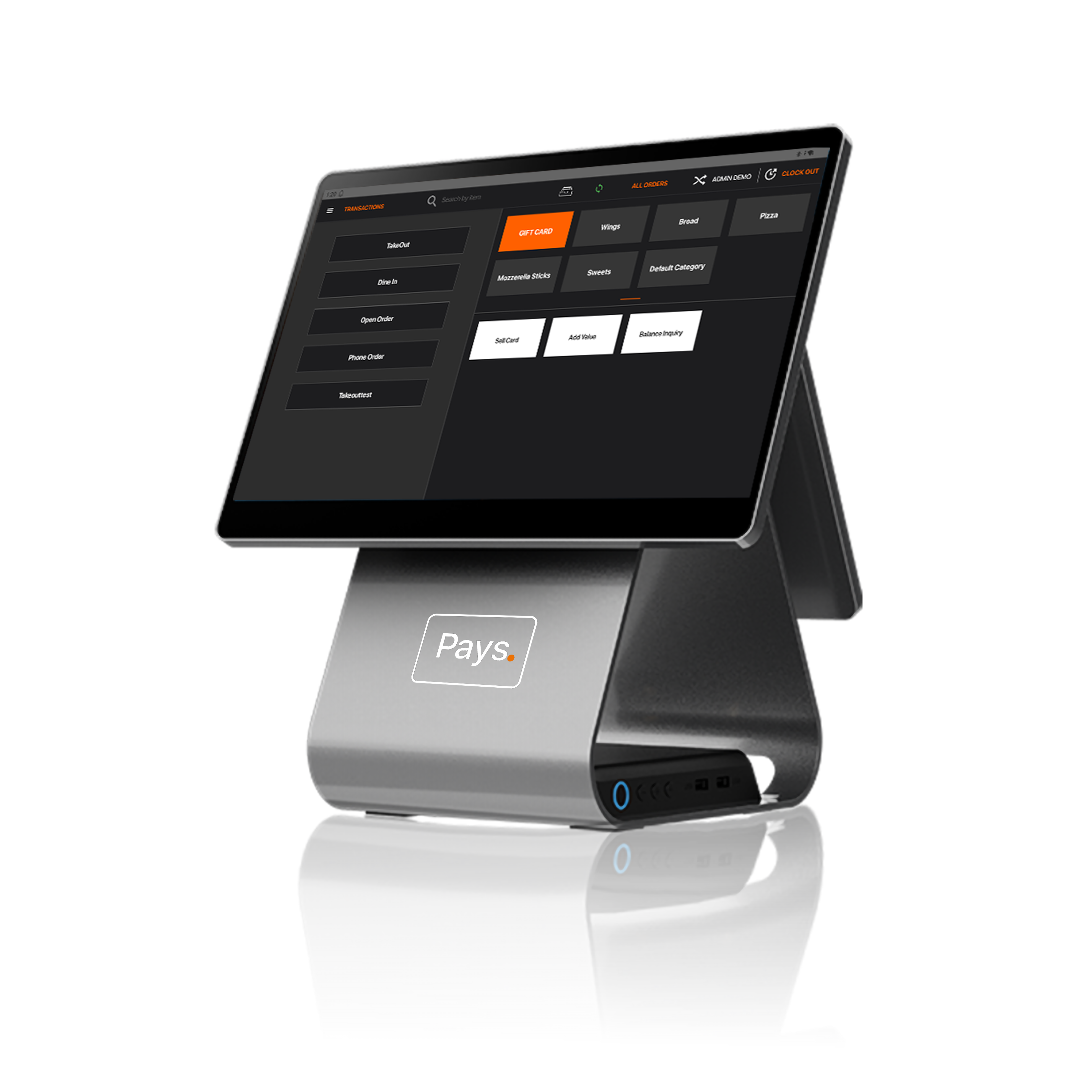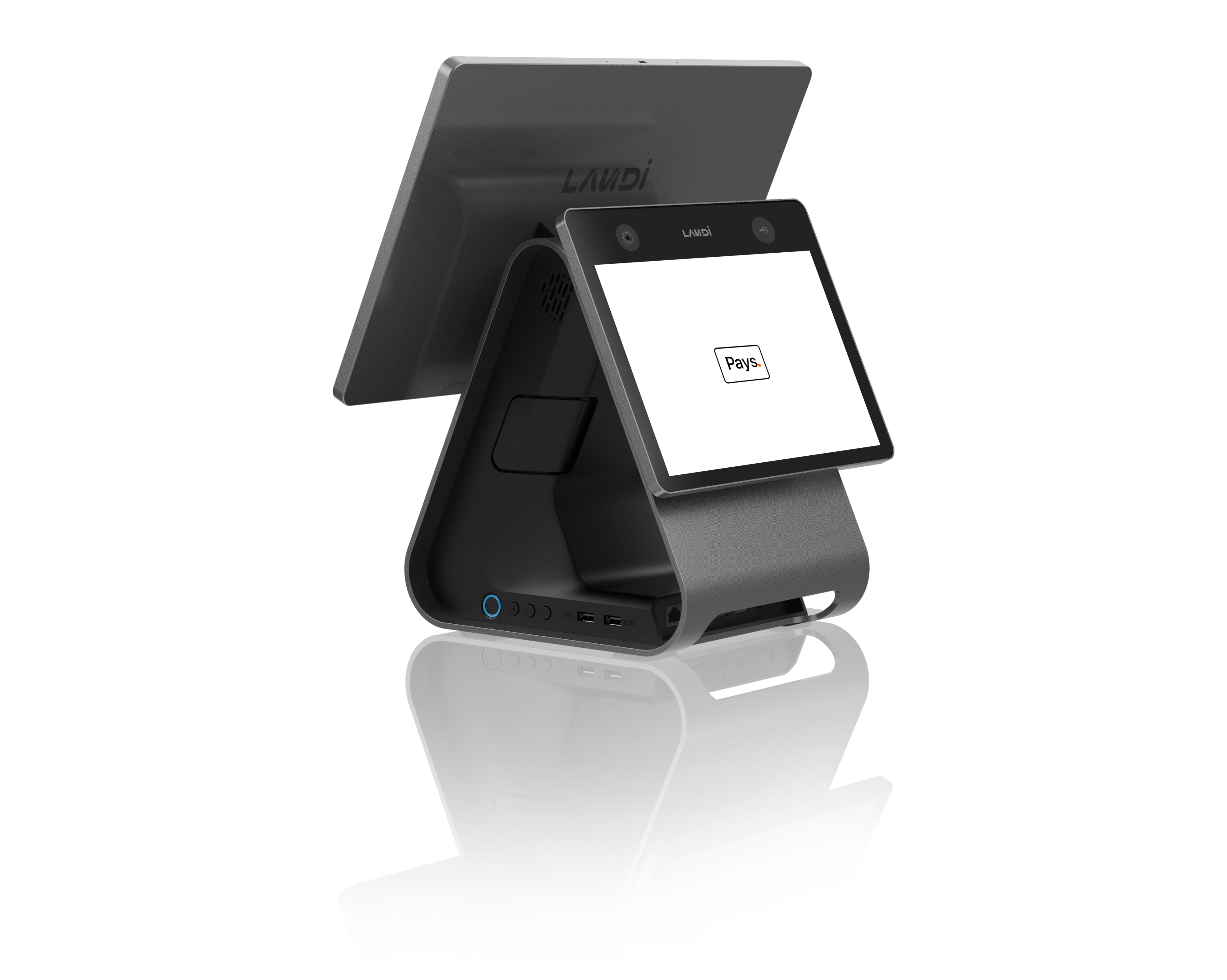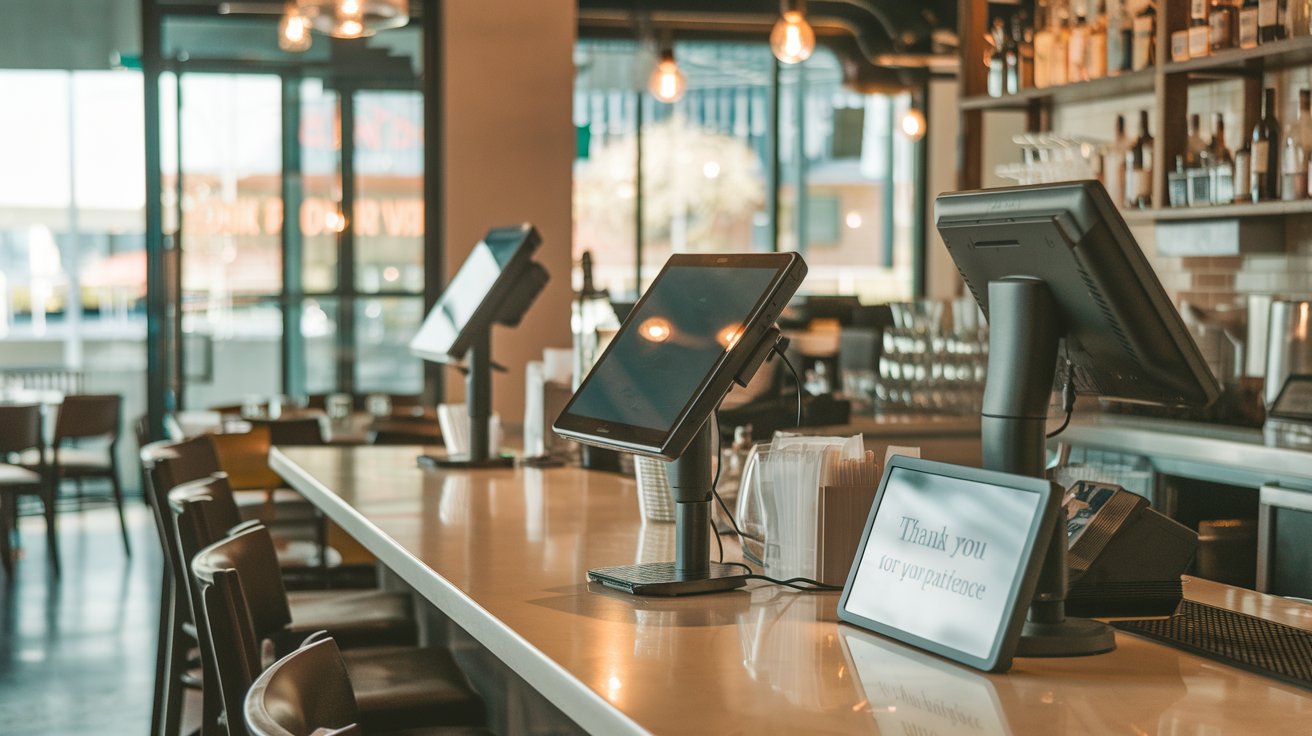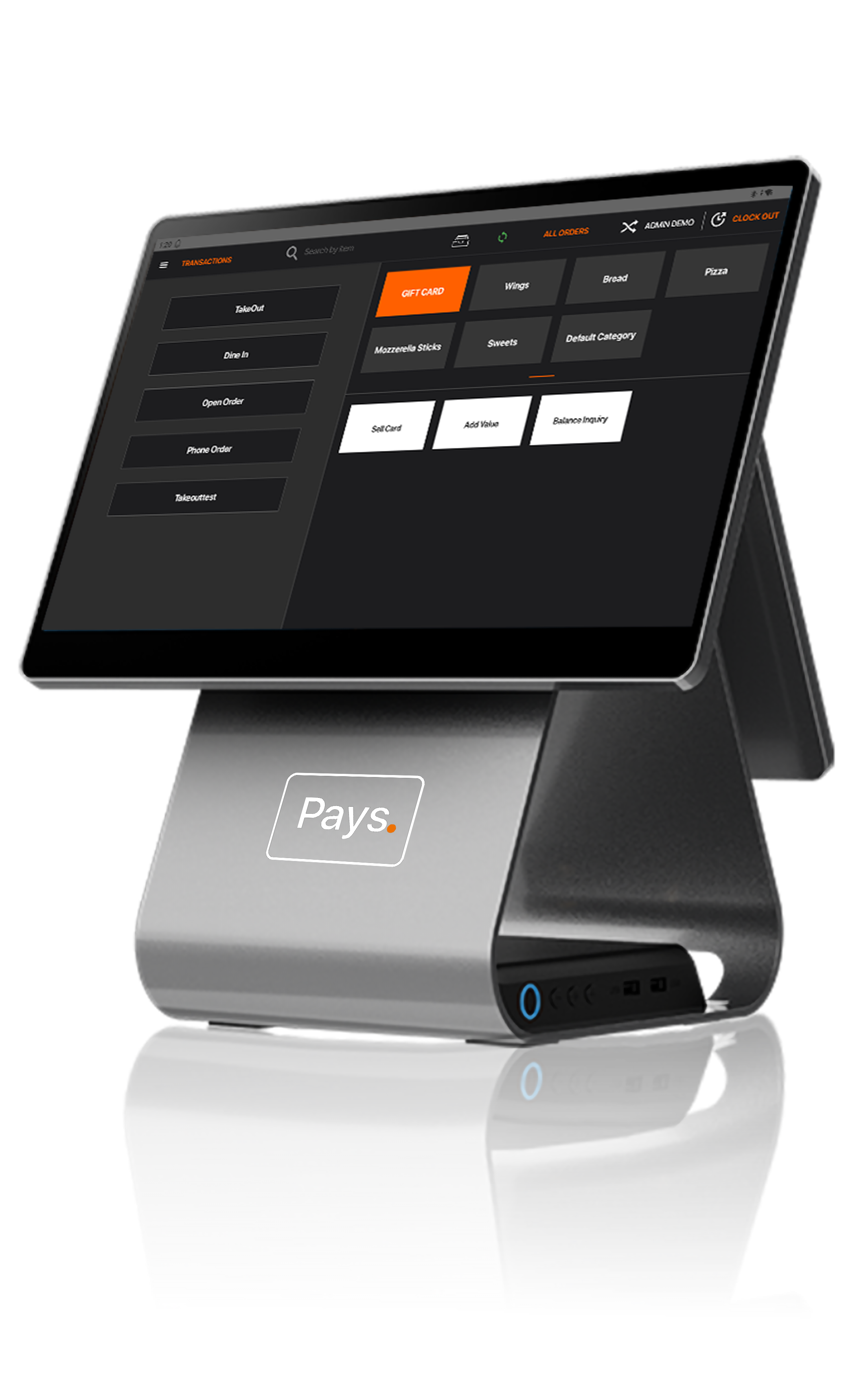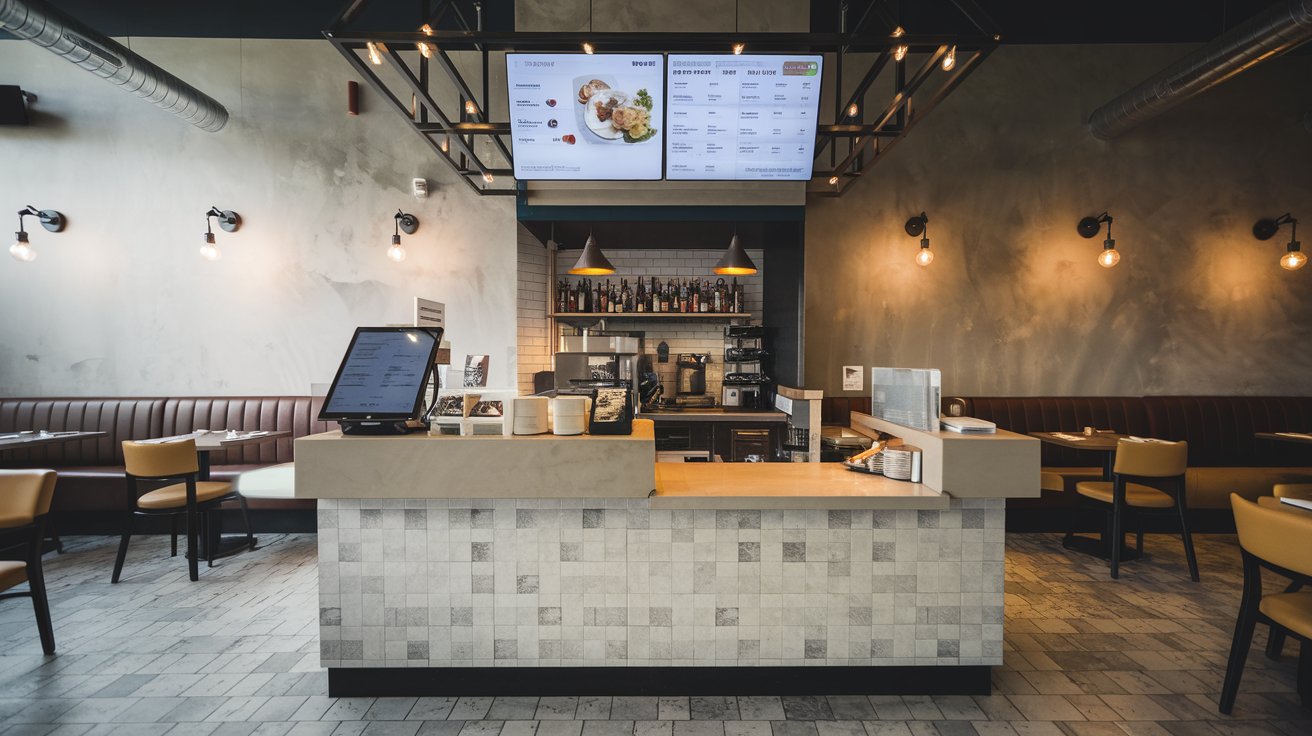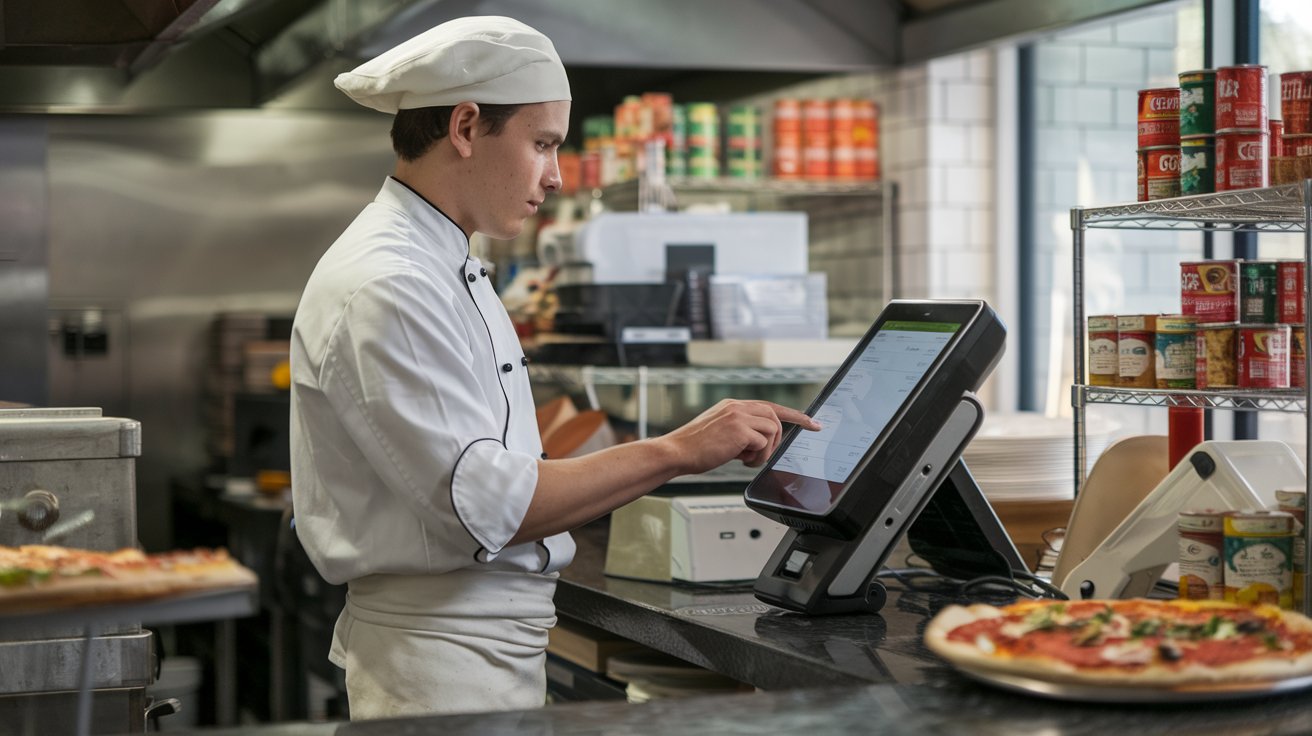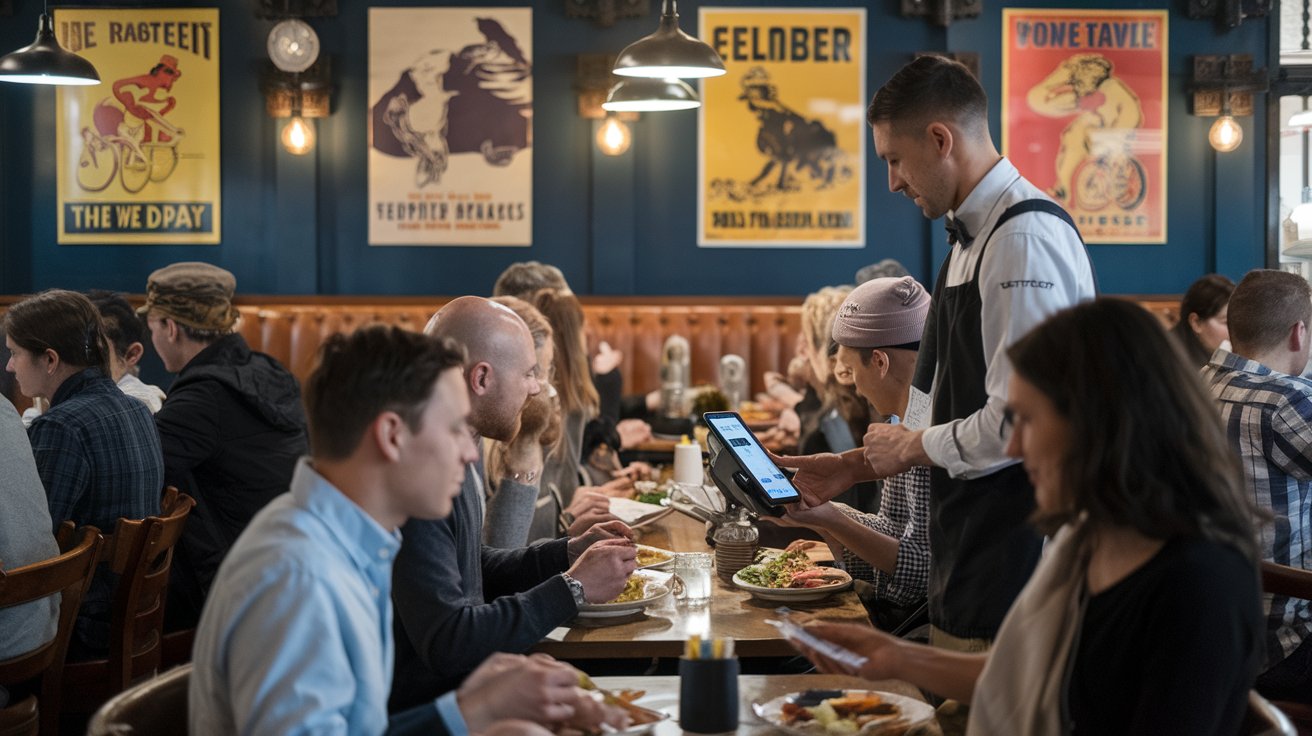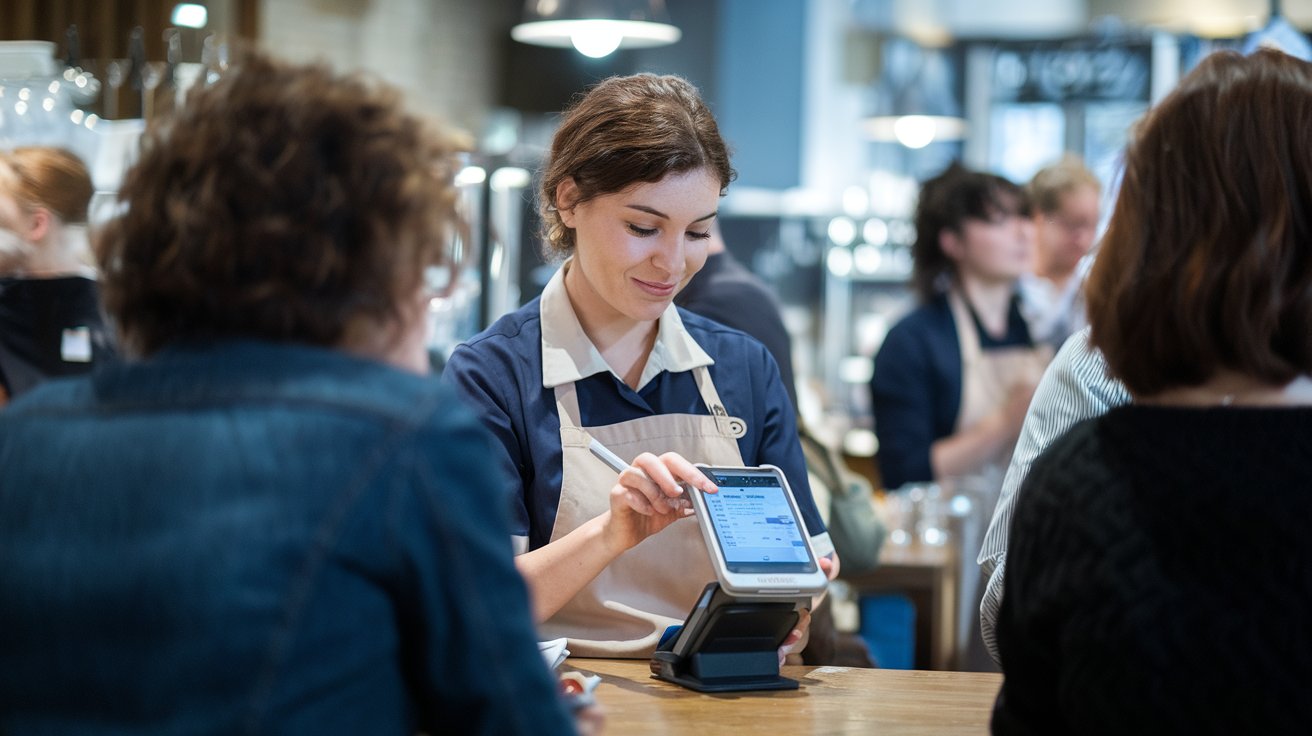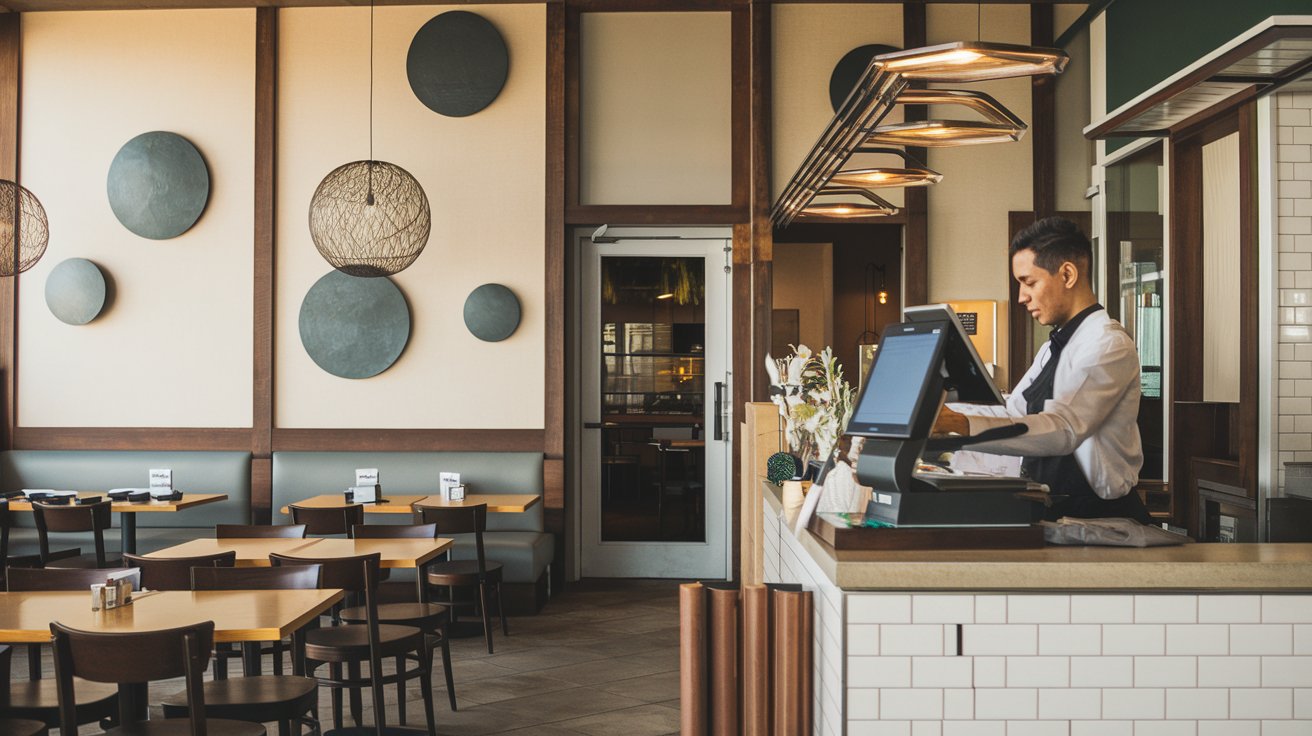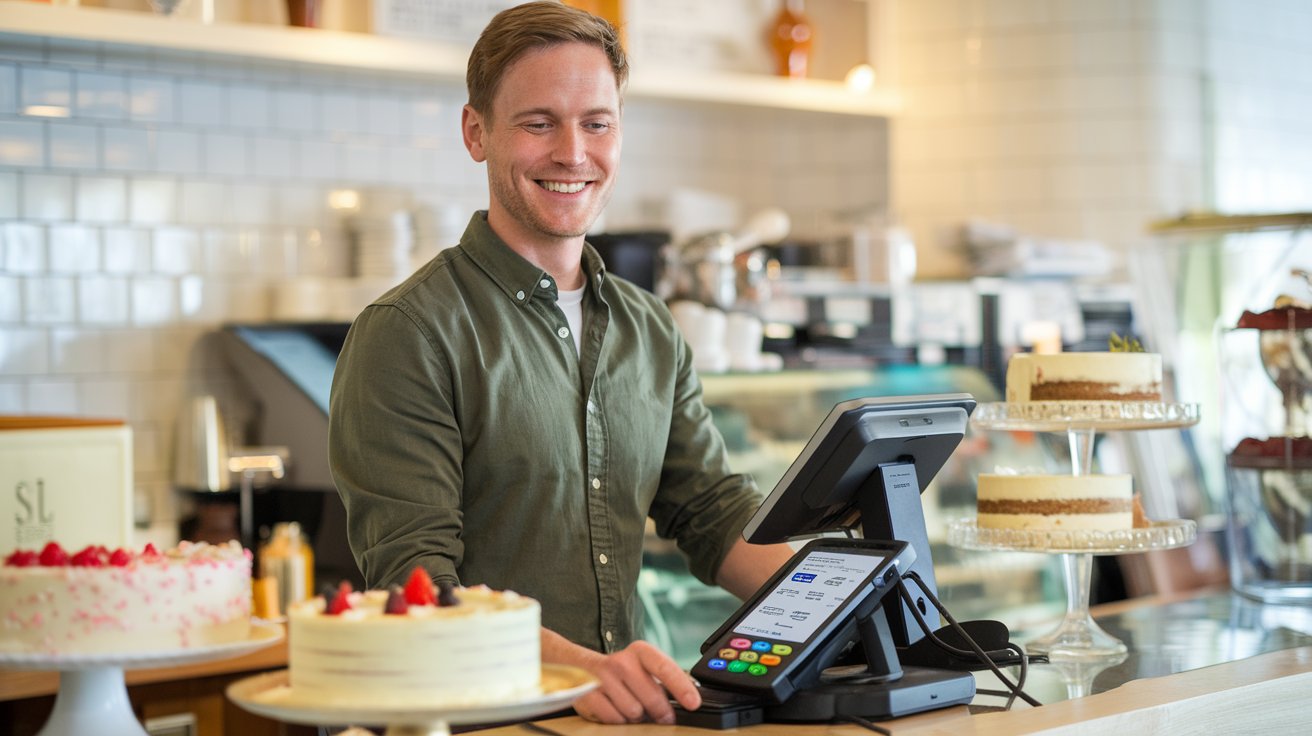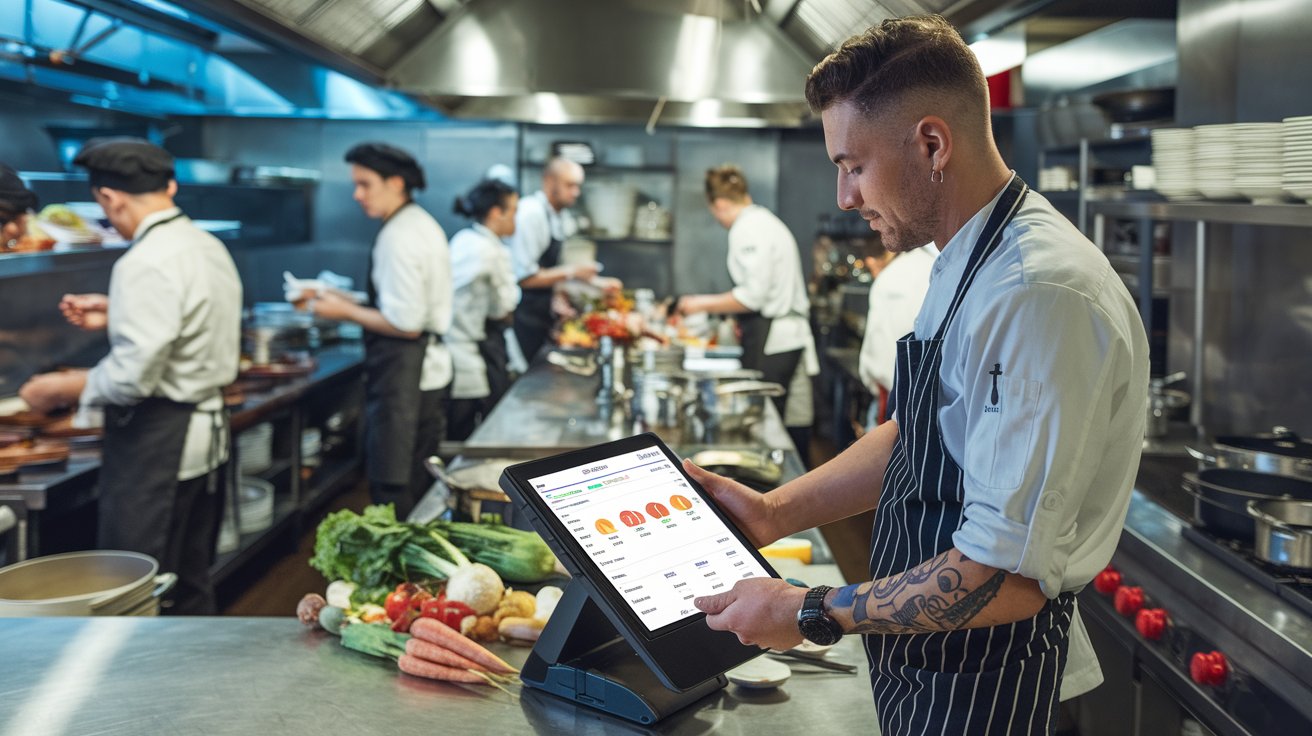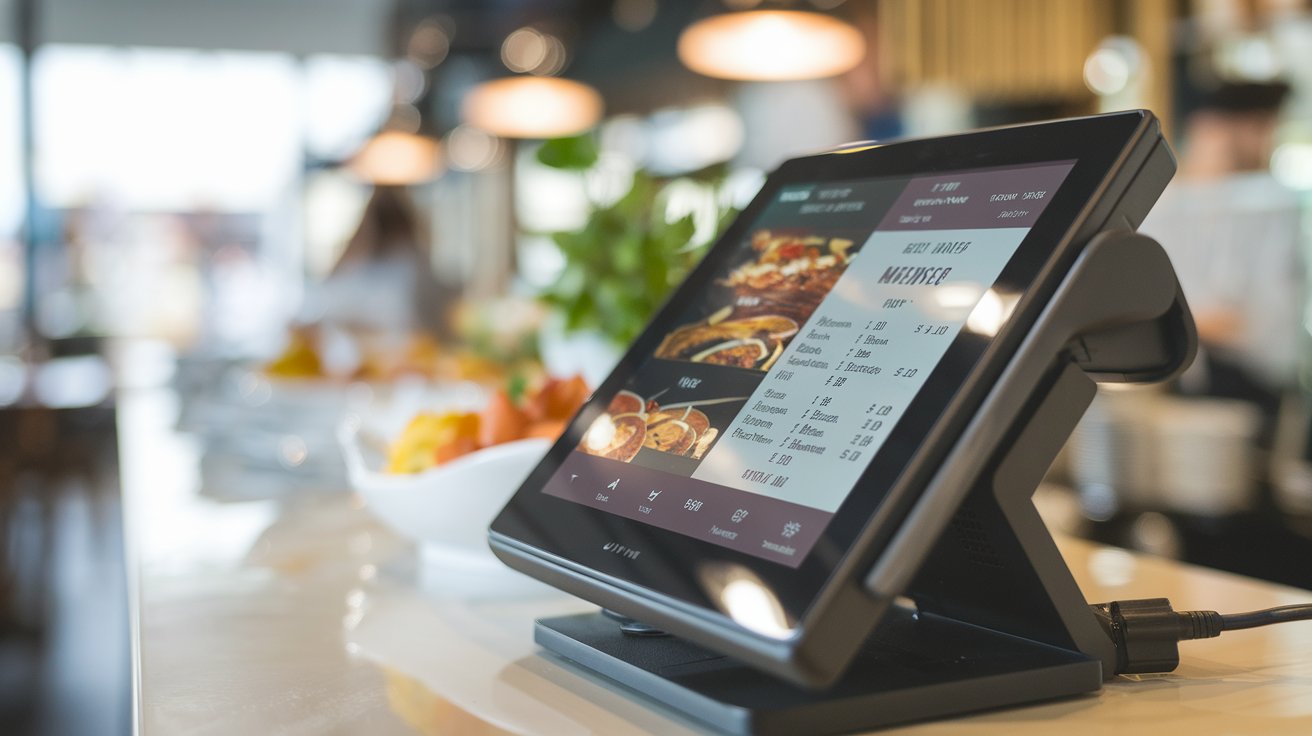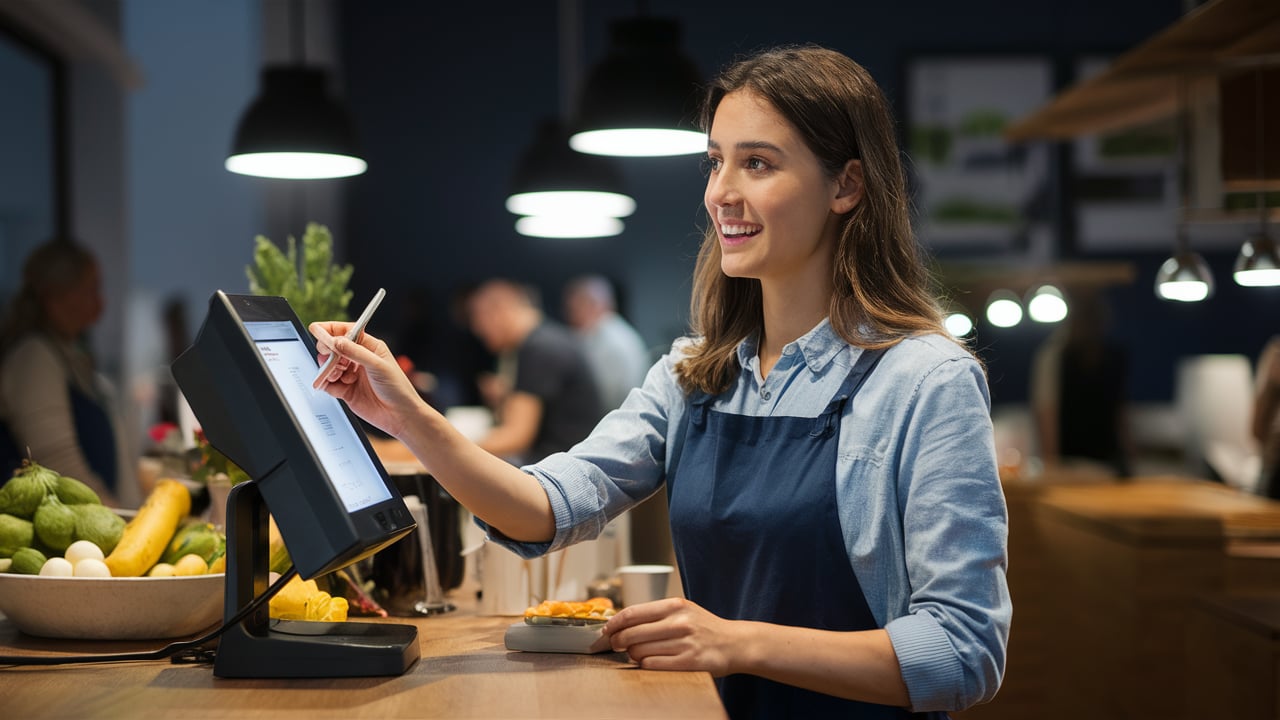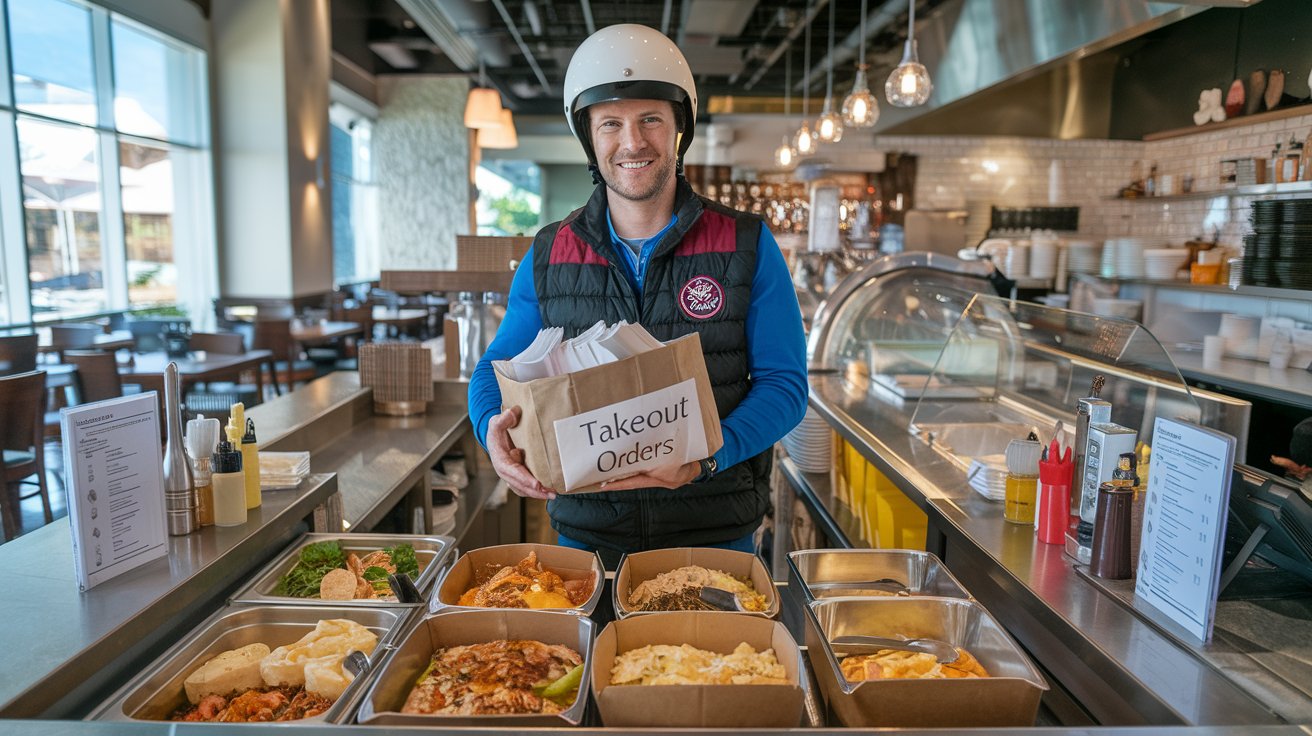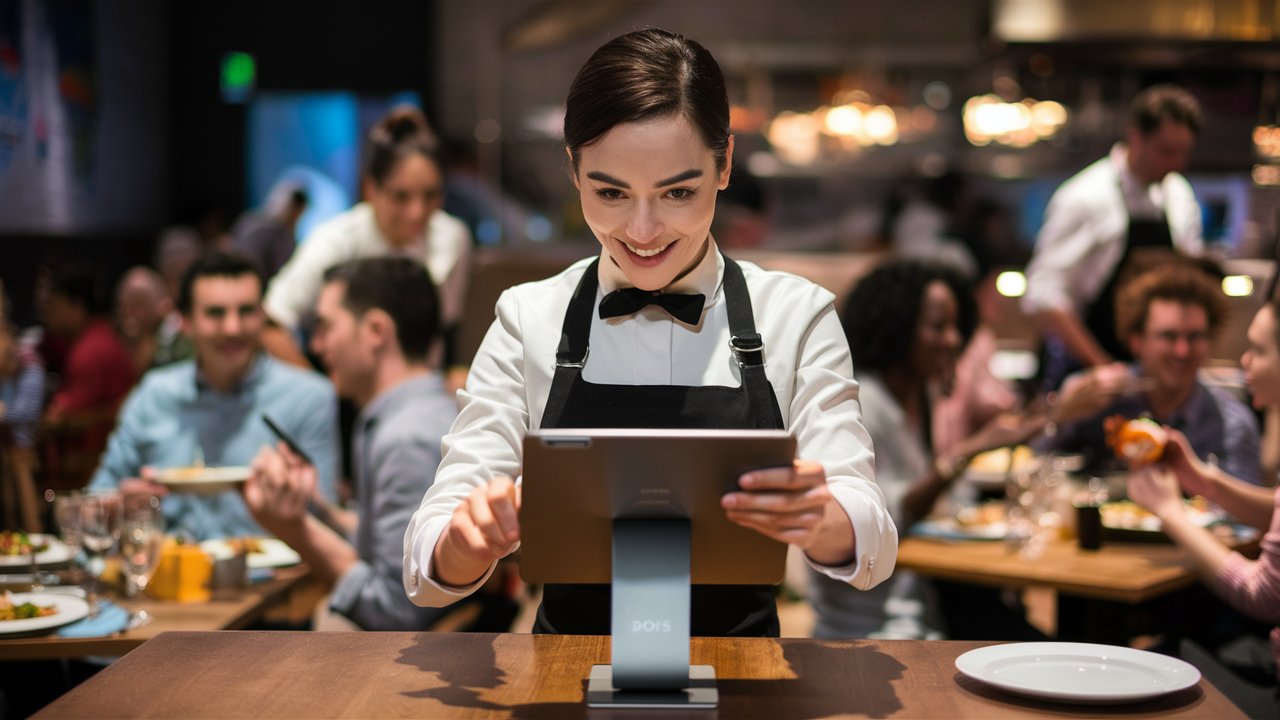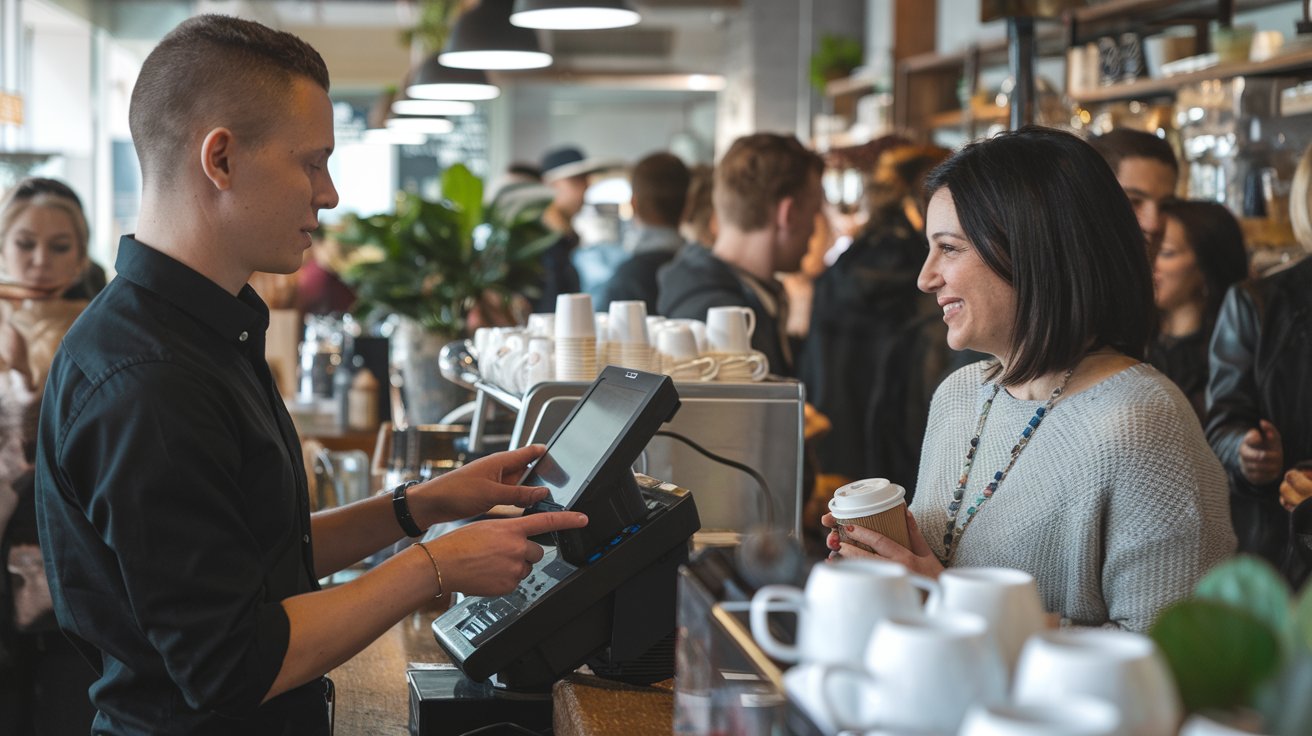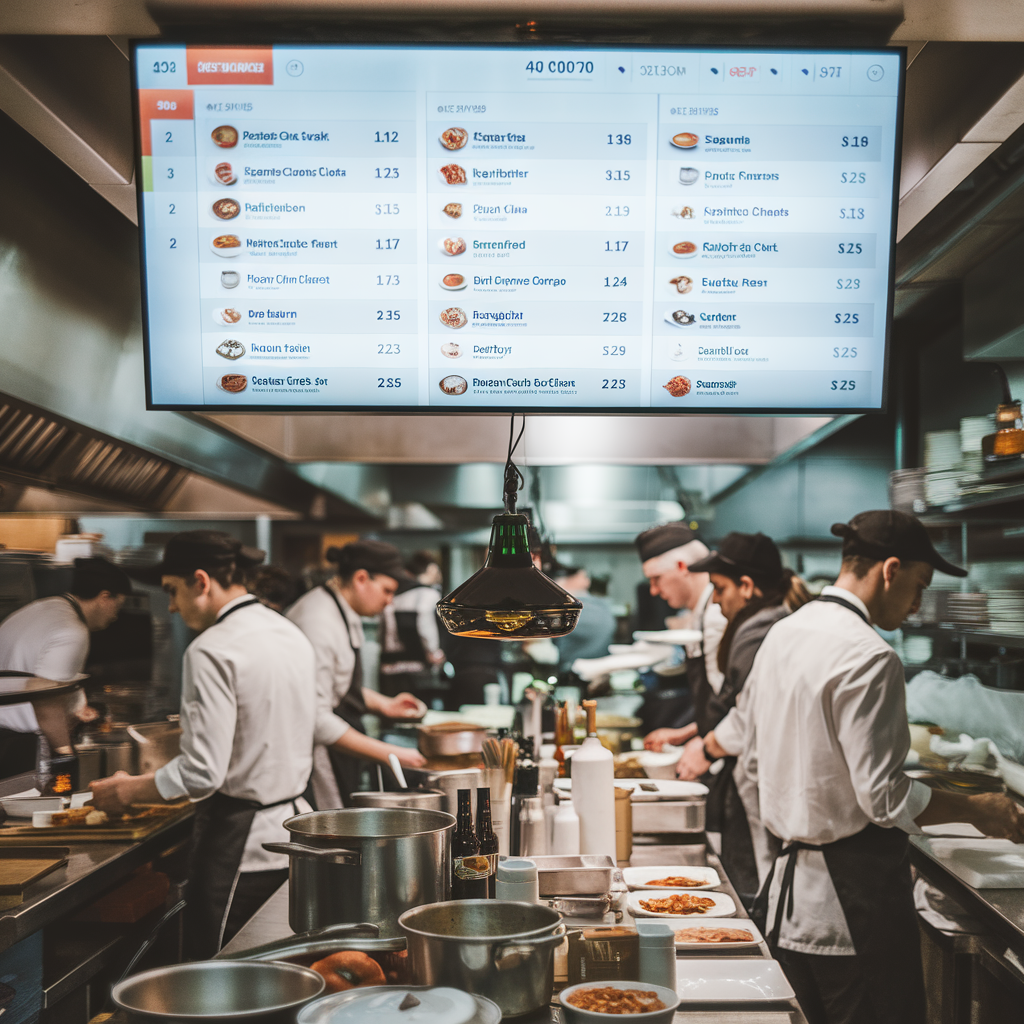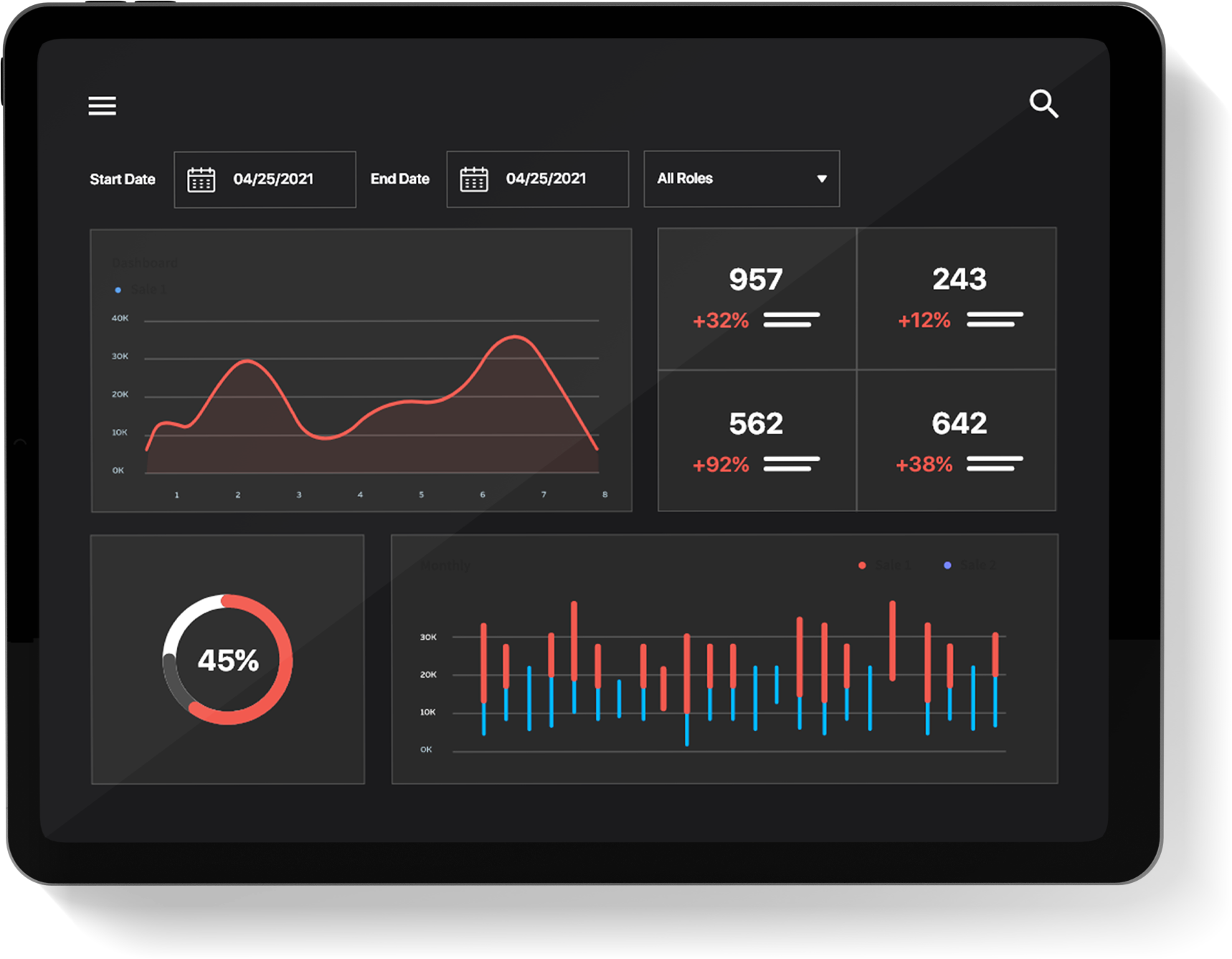Choosing a Point of Sale system is one of the most crucial decisions a restaurant owner will ever make. A Point of Sale becomes integral to your establishment, from the accuracy of orders to customer satisfaction. However, with so many choices available in the market, how do you decide which one will suit your business? Though popular, iPad-based POS systems are often outdone by Android POS systems for restaurant settings most of the time in terms of their flexibility, durability, and affordability. In this article, we are going to discuss the main advantages of an Android POS system, along with some of the core features required to make your restaurant flourish.

Why Android POS Systems Are Ideal for Restaurants
It will be proper, however, to discuss first why the use of Android POS systems may be better suited for restaurants rather than their Apple counterparts. The environment in restaurants requires tools that are well-set for durability, customization, and reasonable cost characteristics commonly synonymous with Android-based systems.
1. Lower Costs
Generally, Android tablets and devices are more budget-friendly than Apple’s range of products. They are, therefore, more affordable, especially for small restaurants. Lower hardware costs can thus allow businesses to invest more in other areas, such as staff training or developing a customer loyalty scheme.
2. Flexibility & Customization
Android POS systems can support a wide range of software options and hardware configurations. This, in turn, means that restaurateurs can choose systems to meet whatever particular needs they may encounter, from a busy dine-in restaurant to a mobile food truck.
3. Hardware Choices Varied
The Android ecosystem has devices for every different need one can think of in restaurants: from spill-resistant terminals to handheld ordering systems, it’s restaurant-grade, meaning durability is assured in demanding kitchen environments.
4. Integration with Third-Party Tools
That means Android POS systems easily integrate with other tools such as inventory management software, online ordering, and loyalty programs. Seamless integrations are important in bringing efficiency and making your restaurant run like clockwork.
5. Continuous Updates and Support
Since Android is an open-source platform, it sees frequent updates. Such updates add security to the previous version, apart from enhancing its features. Your POS system will keep your business updated with all the latest standards and trends the industry has to offer.

5 Features Your Restaurant Android POS System Shouldn’t Do Without
Those advantages dealt with, let’s examine below five features that really would complete any restaurant’s Android POS system.
1. Touchscreen Terminals with Advanced Payment Processing
Some of the key elements of any given POS include a touchscreen terminal. If you’re working with a food-service operation, you want your staff to move through ordering and processing efficiently and smoothly.
Guest-Facing Screens: These give customers the ability to see what’s added to their order as it happens can help to reduce order error and allow the customer to add a tip at the time of payment.
Variety in Means of Payment: Ensure that your system does support a variety of payment methods, including NFC, or contactless payments, such as Apple Pay, EMV, chip cards, and Magnetic Stripe Cards.
This diversity will ensure you are in a position to accommodate the needs of all your clients.
Durability: Ensure the device is spill-resistant, rugged, and ready for the hustle and bustle of the kitchen or bar setting.
2. Pricing Focused on ROI
Sure, it’s very easy to get bogged down in a lot of the upfront costs. More importantly, restaurants using a POS system have to be focused on their return on investment. A good POS system ultimately saves time and helps in managing the restaurant more effectively, meaning there will be better service and therefore happier customers.
Scalable Solutions: Your restaurant POS solution should grow with your restaurant. The system should therefore provide starter kits for limited restaurants, just as it would provide much-extensive packages for those restaurants boasting a larger capacity.
Free or Low-Cost Trials: Some POS providers offer free trials or low-cost starter packages. This helps a new restaurant owner test the system without investing a lot of capital into it.
3. Online Ordering Capabilities
In the present scenario, online ordering is no longer a luxury; it is a necessity. More people are into deliveries and takeaway; a system that effortlessly supports online ordering is paramount.
Third-Party Integration: A POS system that can be easily integrated into popular platforms such as Uber Eats or Grubhub will help reach new customers without sacrificing their brand identity.
In-house Solutions: If you want to keep the customer data in your hands and avoid commission fees, then shift to a POS with its online ordering platform.
4. Employee Management Tools
Efficient employee management is necessary for every restaurant. A good POS will allow you to schedule shifts, track hours, and manage payroll on the same platform.
Payroll Integration: An integrated payroll system is easy, as it automatically calculates hours, tips, and overtime, thus saving a great deal of time and reducing the risks in errors.
Onboarding & Training: Some POS systems even include modules for training that will help you get new employees up to speed more quickly.
5. Restaurant-Grade Hardware
General retail settings POS systems are not going to meet the demanding needs of a restaurant. Look for a system that includes restaurant-grade hardware that can be more robust and long-lasting.
Handheld Devices: For tableside ordering, ensure the POS has handheld devices for faster ordering and payment processing.
Kitchen Display System (KDS): These systems help chefs view orders digitally so that they can minimize waste by making the order correct.
Android POS System Leaders: How does Pays POS stack up?

Strengths: Pays POS brings the same level of flexibility and scale as some of the leading competitors but with lower transaction fees, and the software is customizable. Churned out for both small and large restaurants, it has a wide offering that includes online ordering and employee management.
Weaknesses: While feature-rich, Pays POS has an initial setup that is more complicated compared to some other systems that are straightforward, such as Square.
Why Pays POS Is a Smart Investment for Your Restaurant
If you’re on the lookout for an Android POS system, Pays POS can boast of a very competitive combination of affordability, customization, and powerful features. Whether you own a small cafe or a busy full-service restaurant, Pays POS is tailor-made for your needs.
At Pays POS, here are some benefits you get to enjoy:
Lower Transaction Fees: Maximize your profits by paying less per transaction.
Customizable Interface: Tailor the software to your specific restaurant workflow.
Scalable Options: Whether you start small or scale up, Pays POS grows as you grow.
Integrated Employee Tools: Easily schedule, run payroll, and communicate with your staff. Conclusion: Choose What Serves Your Restaurant Best
While choosing an Android-based POS system, it is paramount to strive for a balance between the cost involved and the return on investment likely. Features like touchscreen terminals, online ordering, and employee management tools go a long way in boosting the efficiency of a restaurant, thus providing better customer satisfaction and increasing revenue.
Pays POS contrasts with the Toast, Square, and Clover platforms by being both highly affordable and flexible with powerful features, while those are still widely used. Compare which platform aligns more with your long-term goals in business as you consider your options.
Choosing the Best POS System for Your Restaurant: FAQs and Key Insights
How would you decide which is the best POS system?
Pays POS is the best choice when you evaluate factors like cost, usability, integrations, customer support, and scalability tailored to your restaurant’s needs.
What POS system do most restaurants use?
Many restaurants choose Pays POS for its reliable restaurant-specific features, ease of use, and superior customer support.
How to use a POS system in restaurants?
With Pays POS, staff can efficiently take orders, process payments, manage inventory, and handle table management for smooth operations.
What is an Android POS system?
Pays POS offers an Android-based POS system, delivering flexibility, affordability, and a range of software that works seamlessly with Android devices.
How to make a POS system in Android?
To create an Android POS system, you can integrate Pays POS with payment processors and restaurant-friendly peripherals like receipt printers.
Can I use my Android as a POS?
Yes, with Pays POS software, your Android device can easily be transformed into a full-function POS terminal.
What are the benefits of POS in restaurants?
Pays POS helps streamline restaurant operations, enhance customer service, improve order accuracy, and provide key sales insights.
What is an 8 top in restaurant terms?
An “8 top” refers to a table that seats eight people, a common term in restaurants.
How do you use POS step by step?
What are the four types of POS systems?
The four types include legacy, cloud-based, mobile, and self-service POS systems like those offered by Pays POS.
What software is used for POS?
Pays POS is a leading choice for restaurants, offering user-friendly and feature-rich software.
How many restaurant POS systems are there?
There are many POS options, but Pays POS stands out for its tailored features, ease of use, and support.
When getting a POS system what features should you consider?
With Pays POS, you get vital features like payment processing, inventory tracking, advanced reporting, and seamless integrations.
How to pick a POS?
Choosing Pays POS ensures you have the right tools tailored for your restaurant’s size, budget, and long-term growth.
How to evaluate a POS system?
Evaluate Pays POS based on cost, feature set, ease of use, scalability, and excellent customer reviews for reliability.

